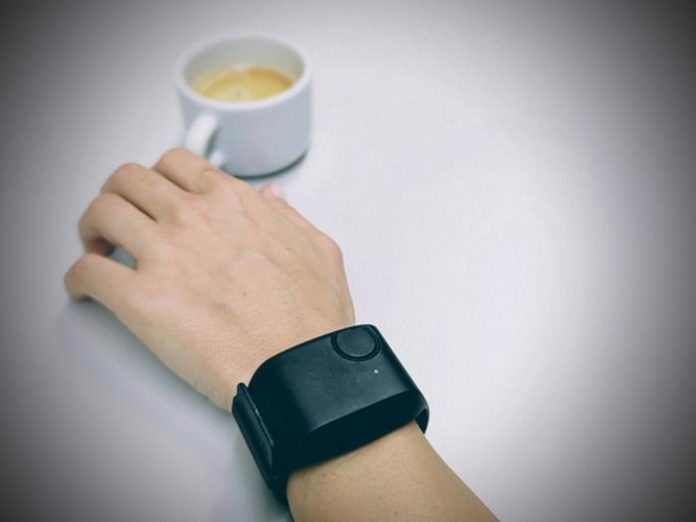A wearable bracelet monitors mood swings in bipolar disorder by tracking alterations in skin electrical signals associated with manic or depressive states.
Scientists have unveiled initial findings from their use of wearable technology to monitor electrical signals in the skin and various physiological markers that could be linked to mood changes in individuals with bipolar disorder.
While this research is still in its early phases, the goal is to refine these observed patterns to identify mood swings in individuals with bipolar disorder, aiding in diagnosis and potentially enabling quicker and personalised treatment options.
Bipolar disorder, previously known as manic-depressive illness or manic depression, is a mental health condition characterised by fluctuations in an individual’s mood, energy levels, activity, and ability to focus. These mood shifts can hinder the completion of everyday activities and strain interpersonal relationships.
The extent of mood swings varies among individuals, ranging from manic episodes (experiencing extreme highs) to depressive episodes. Currently, the diagnosis of these mood swings relies on subjective assessments, such as interviews with healthcare professionals or completing questionnaires. This diagnostic process is time-consuming and necessitates immediate medical attention.
Monitoring mood swings
A team of psychiatrists based in Barcelona, working with data scientists from Edinburgh, has employed a research-grade wearable device to consistently gather various physiological biomarkers throughout the various phases and episodes of bipolar disorder. One of the physiological biomarkers gathered is electrodermal activity, which relies on alterations in the skin’s electrical conductivity to gauge stress levels based on nervous system reactivity. This presents a potential real-time indicator of whether an individual is in a manic, depressive, or normal mood state.
They recruited 38 individuals diagnosed with bipolar disorder and 19 healthy control participants from the Barcelona region.
Researcher Diego Hidalgo-Mazzei said, “Each participant was fitted with a commercially available Empatica E4 bracelet, which they were asked to wear for around 48 hours. This can measure a variety of physiological changes, but we were most interested in measuring small electrophysiological changes in the skin of the wearer.”
Skin electrical activity
Their study revealed that individuals with bipolar disorder in their depressive phase exhibited notably reduced skin electrical activity, on average, compared to both the remainder of the bipolar group and the control group. Furthermore, we observed that the transition from a manic to a depressive state was identifiable through skin surface electrical activity alterations.
Understanding the timing and nature of mood fluctuations is crucial for both patients and physicians. Differentiating between manic and depressive states is essential, as it guides the treatment choice. This not only facilitates swift diagnosis and tailored early interventions but also helps in averting adverse outcomes, such as identifying an elevated risk of suicide or potentially hazardous mood swings that could impact activities like driving.
Enhancing diagnosis
Knowing whether a patient is manic or depressive phase simplifies the treatment process. Historically, mood swings have largely relied on subjective assessments involving doctor interviews or questionnaires, which have presented challenges. Identifying the appropriate medication has proven difficult, with only approximately 30% to 40% of treated individuals achieving the expected response. The additional insights these systems provide will offer increased confidence in treating patients.
A 2019 study suggests that bipolar disorder affects between 1% and 2% of the European population, making it challenging to pinpoint exact figures. This implies that over 700,000 individuals are grappling with bipolar disorder in Europe. This number is equivalent to the population of cities like Frankfurt, Washington DC, or Glasgow.











